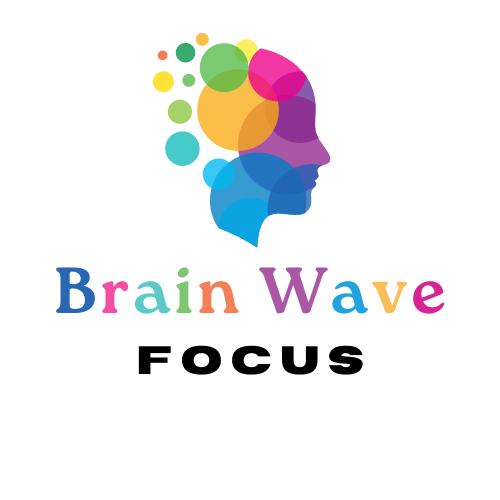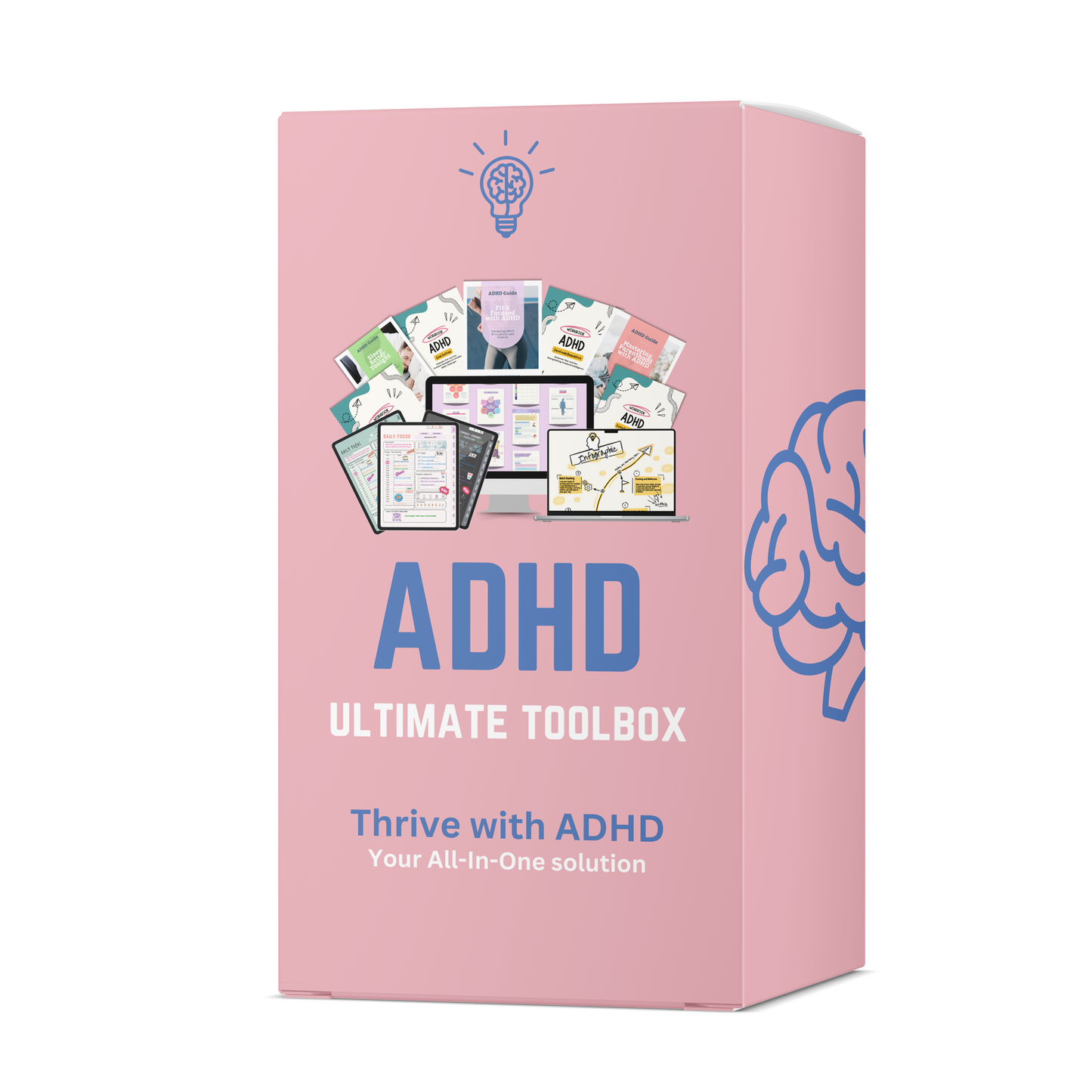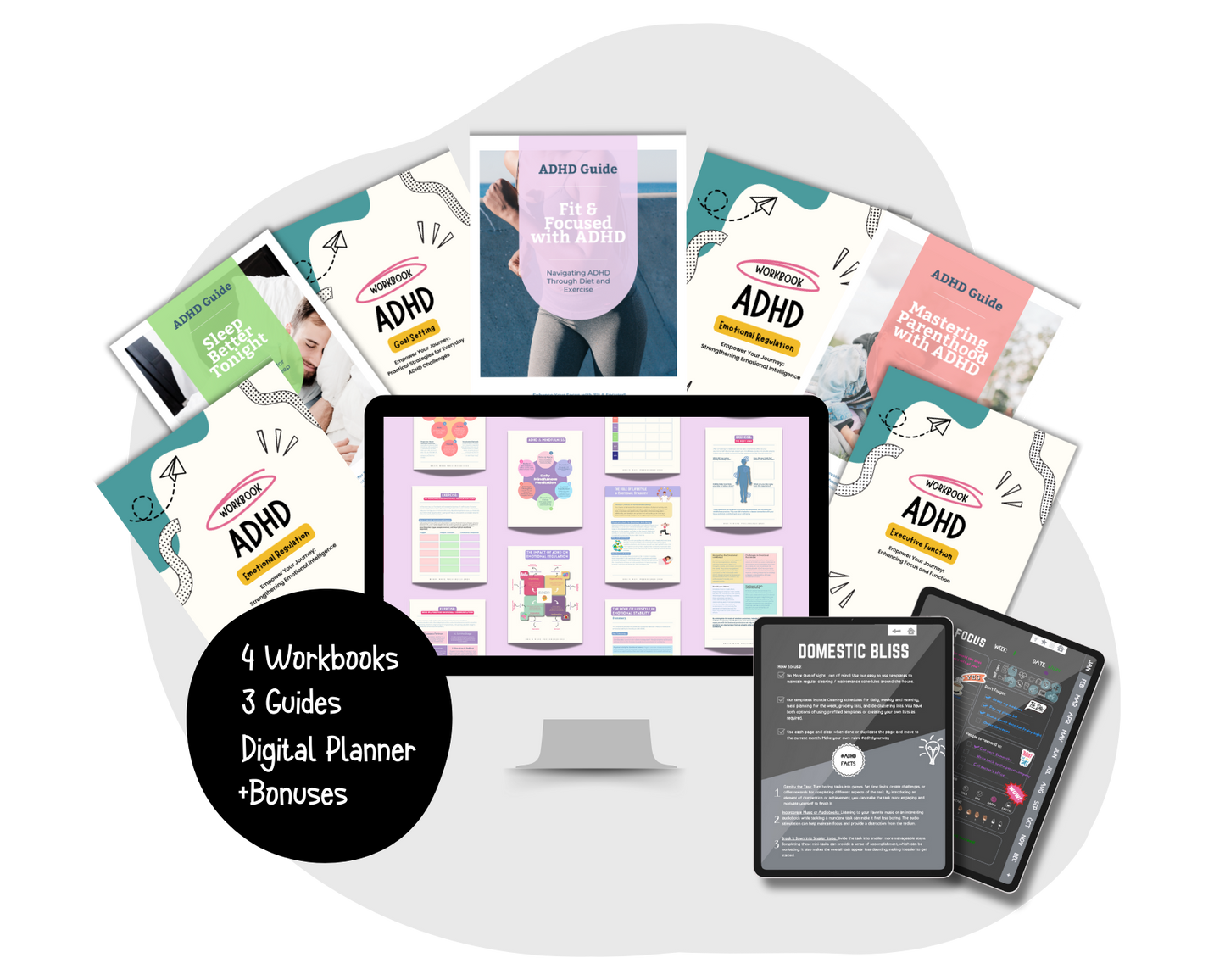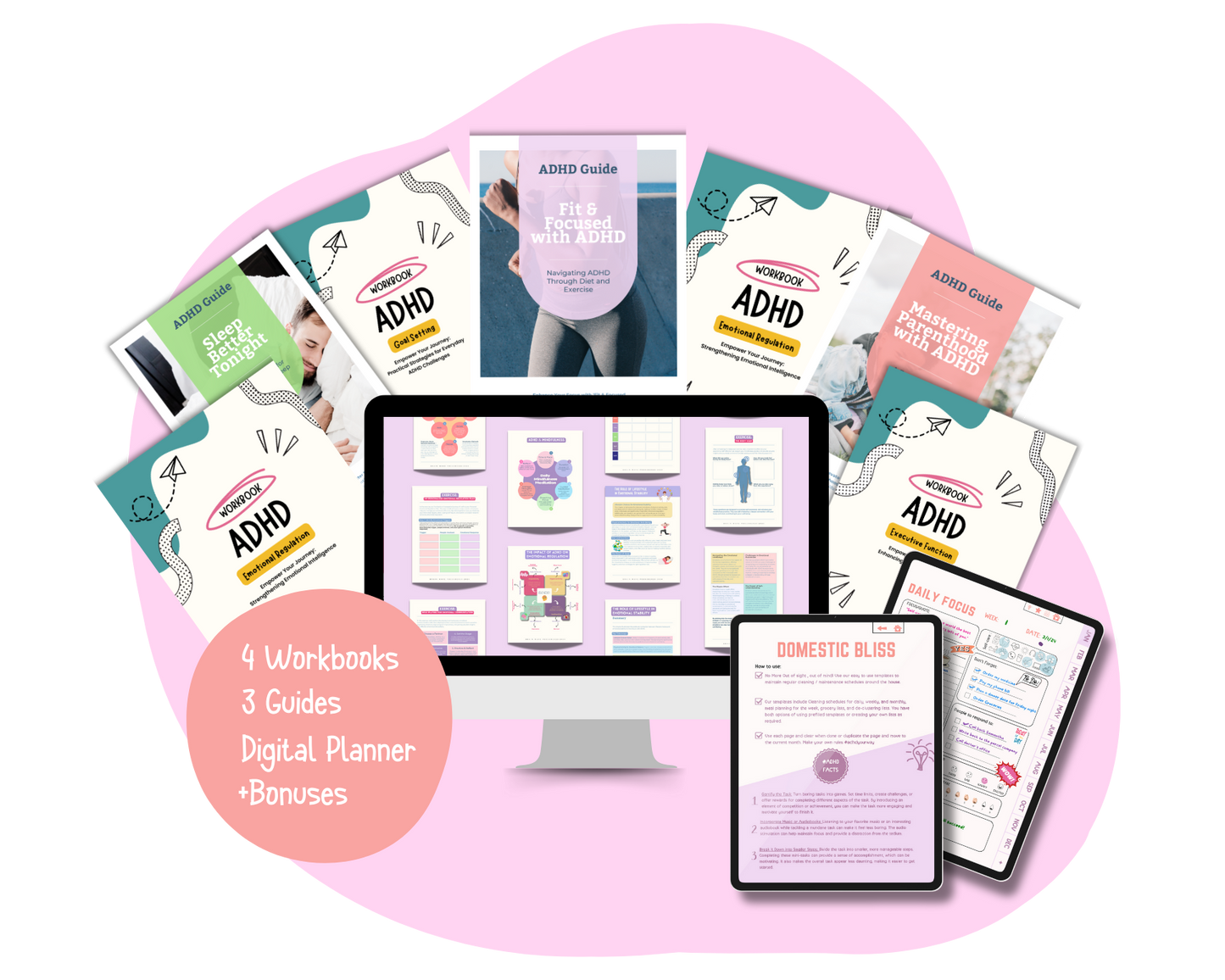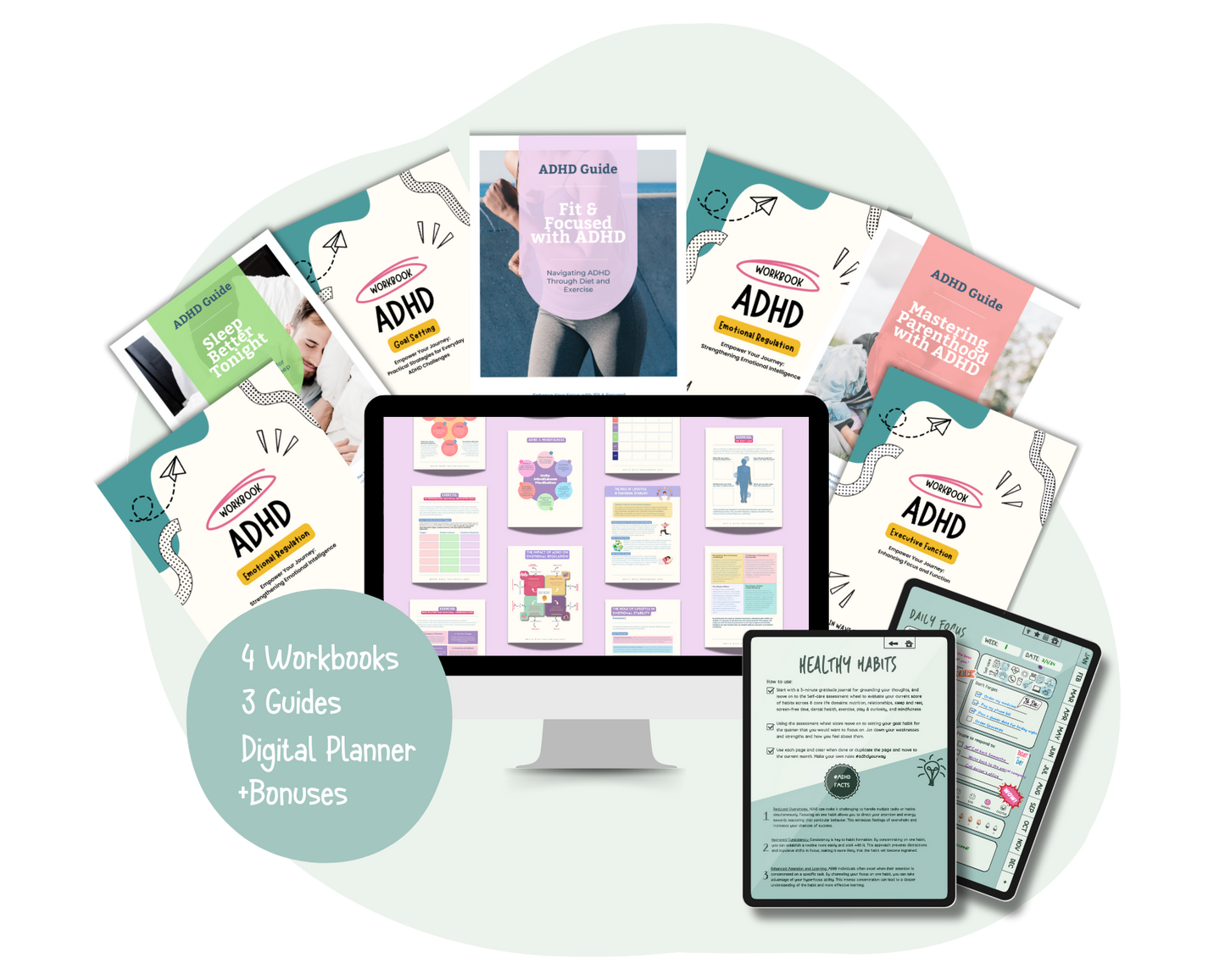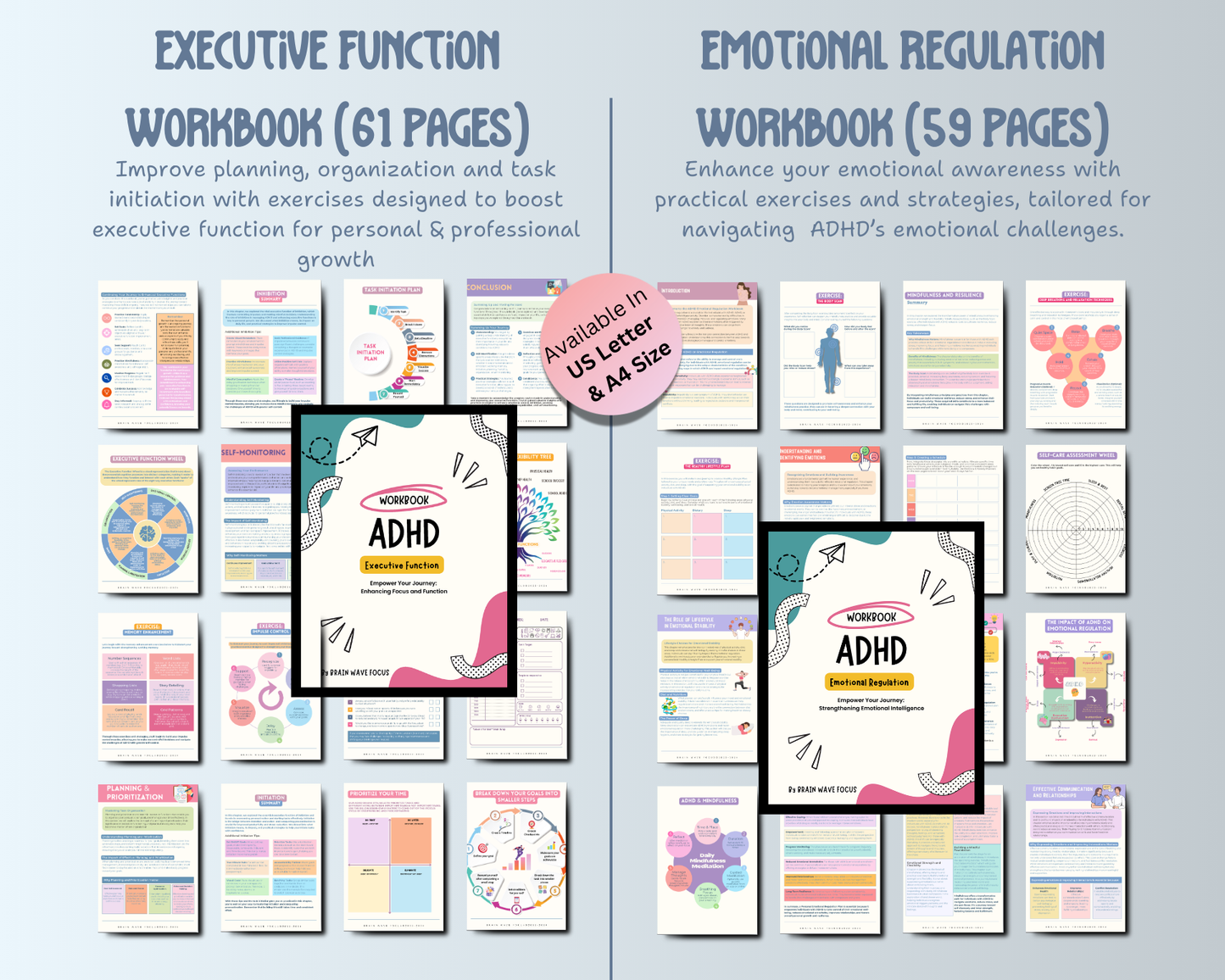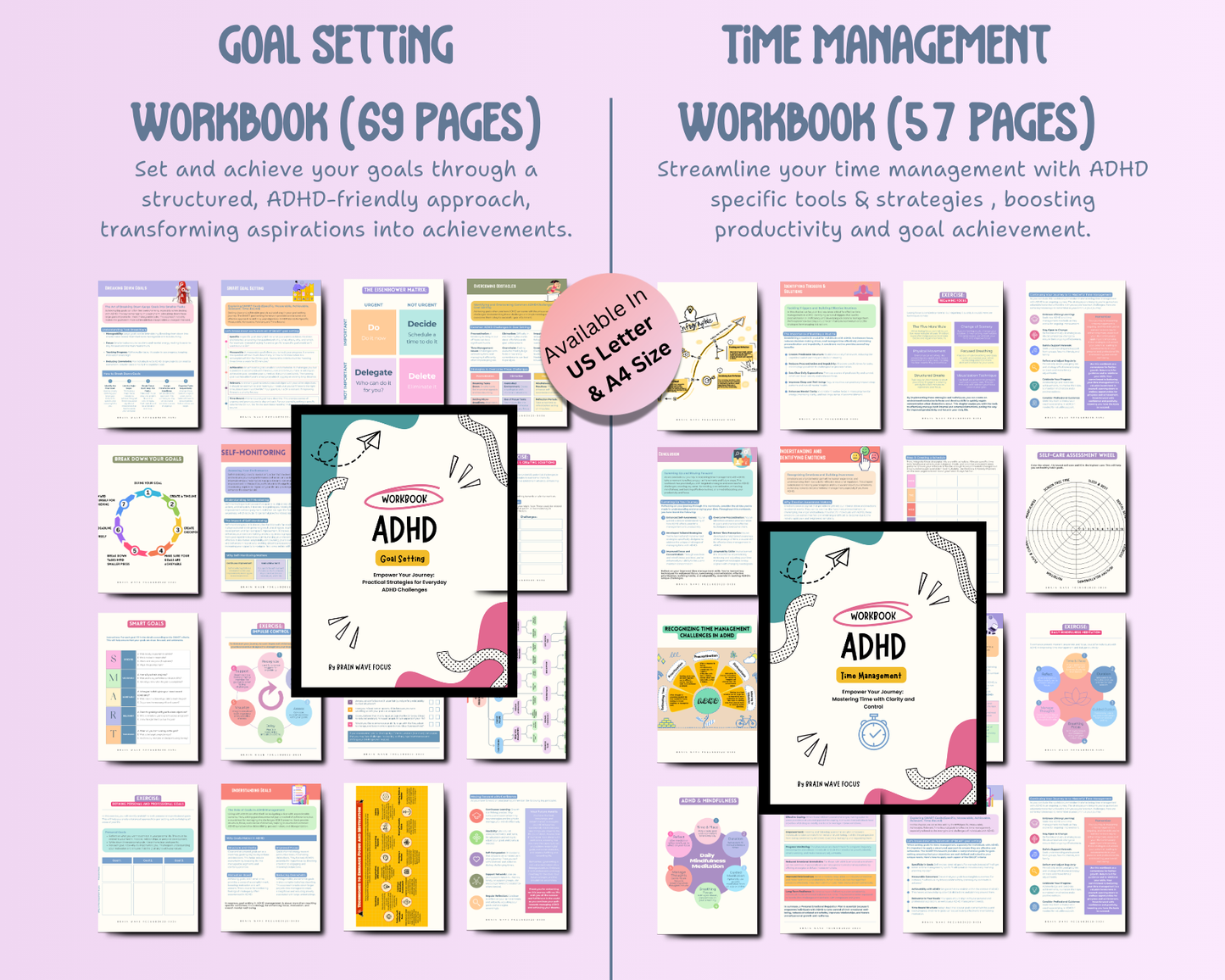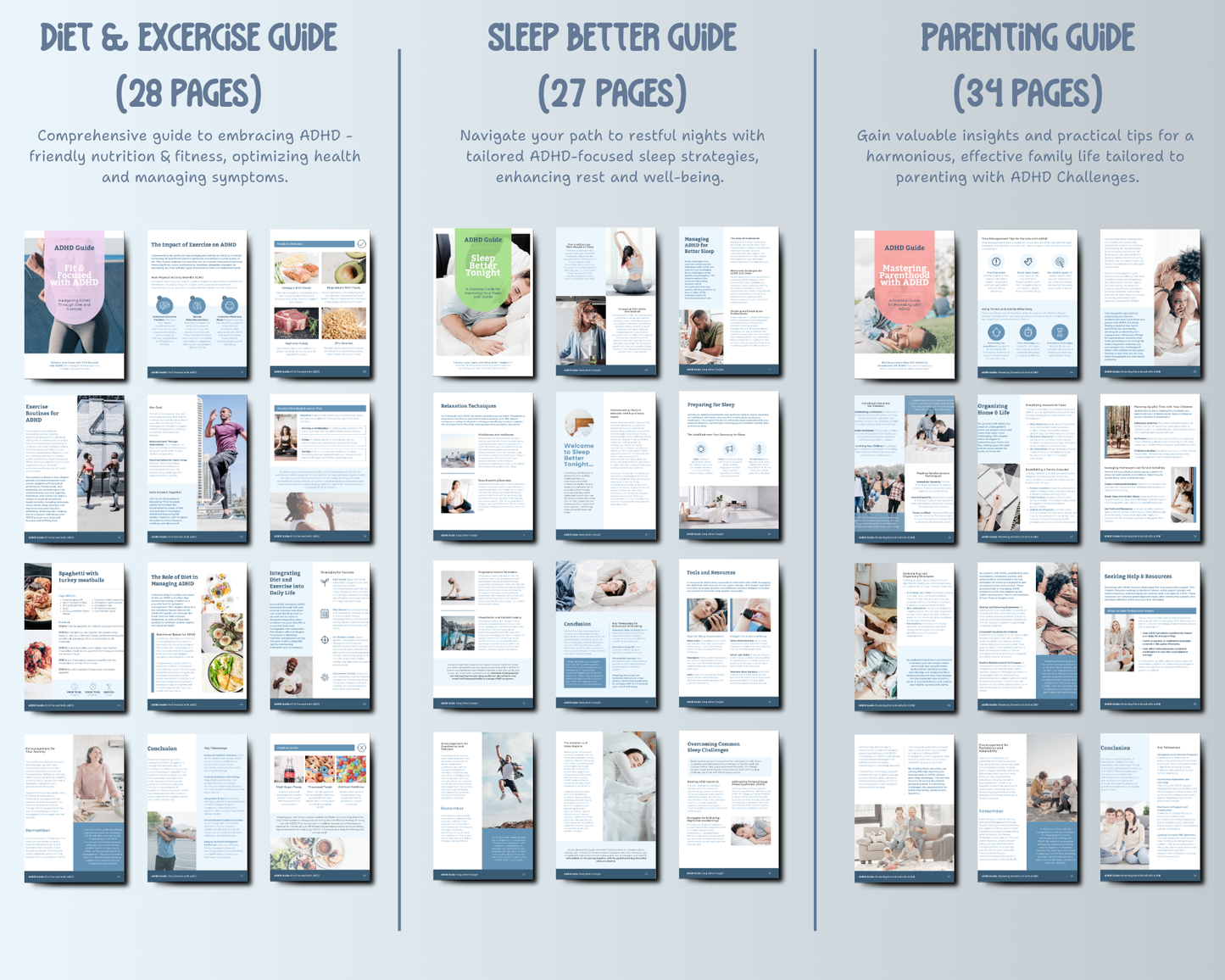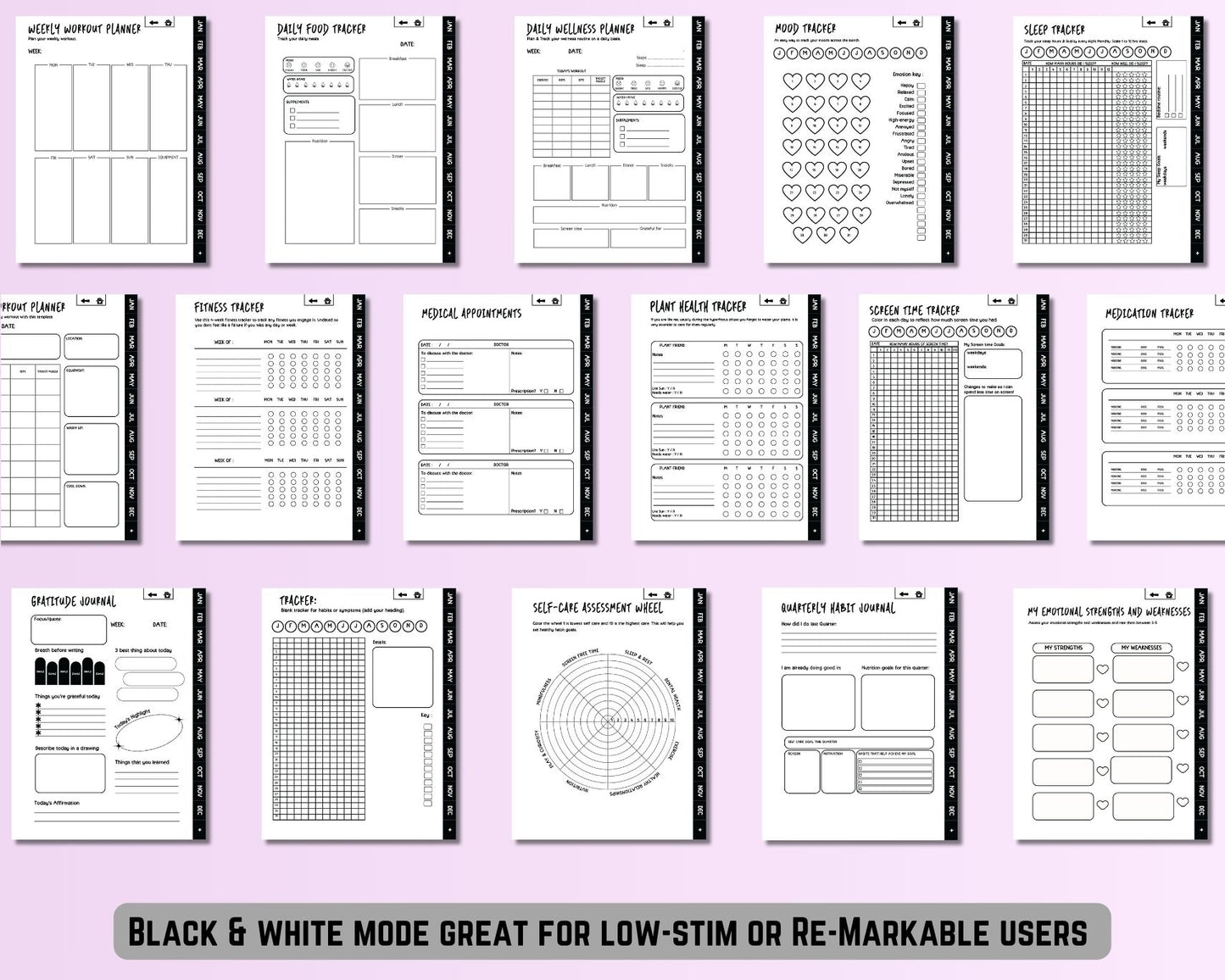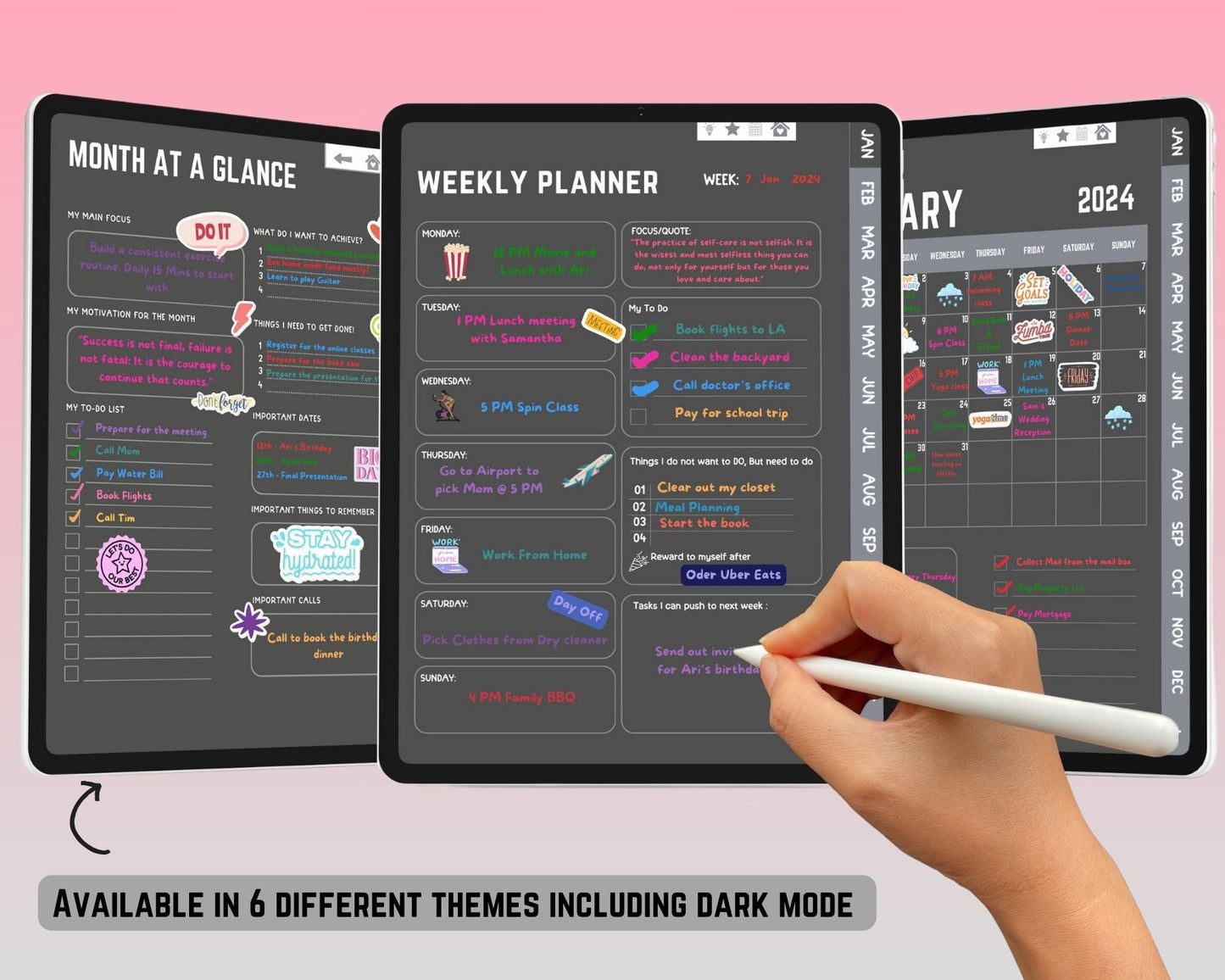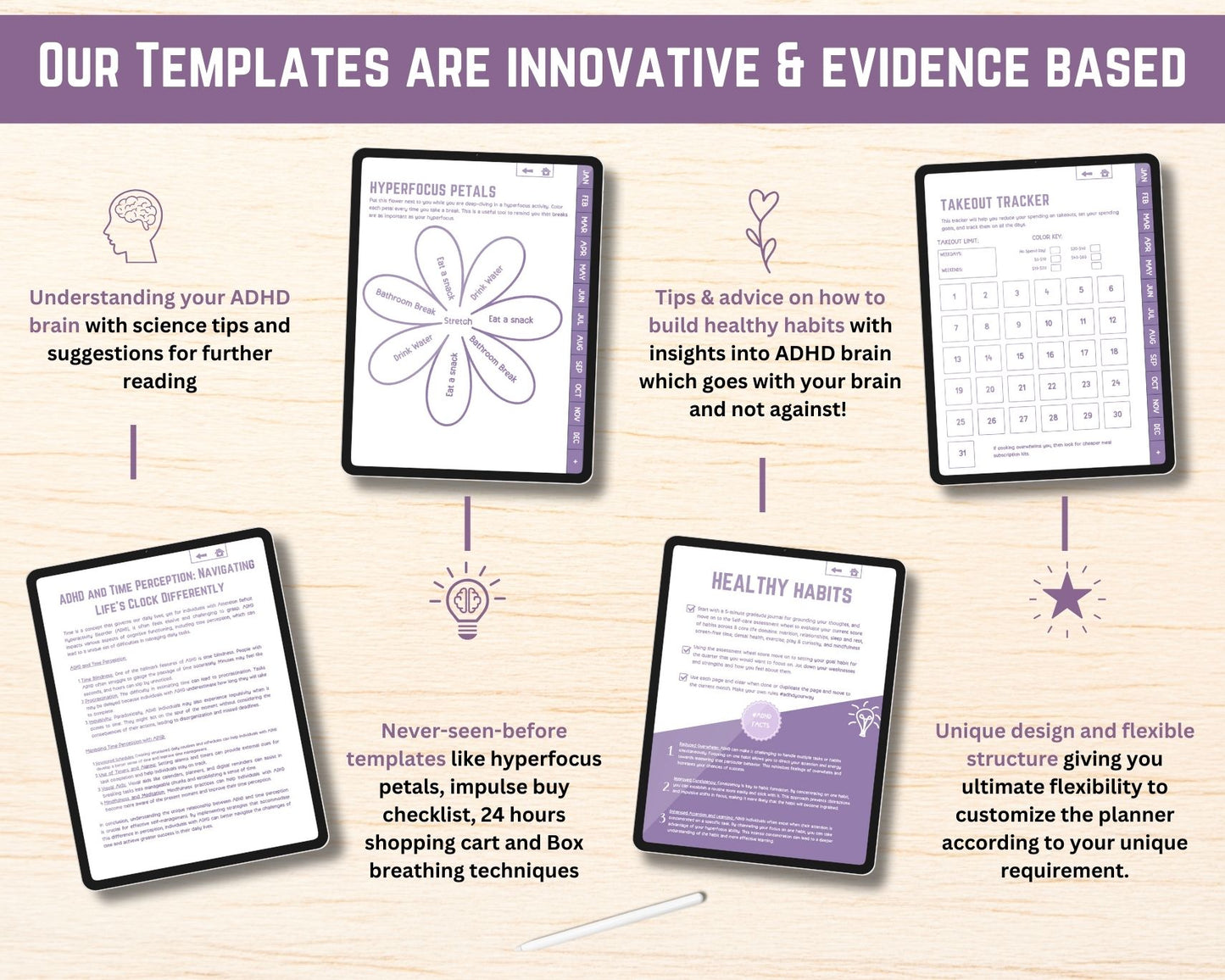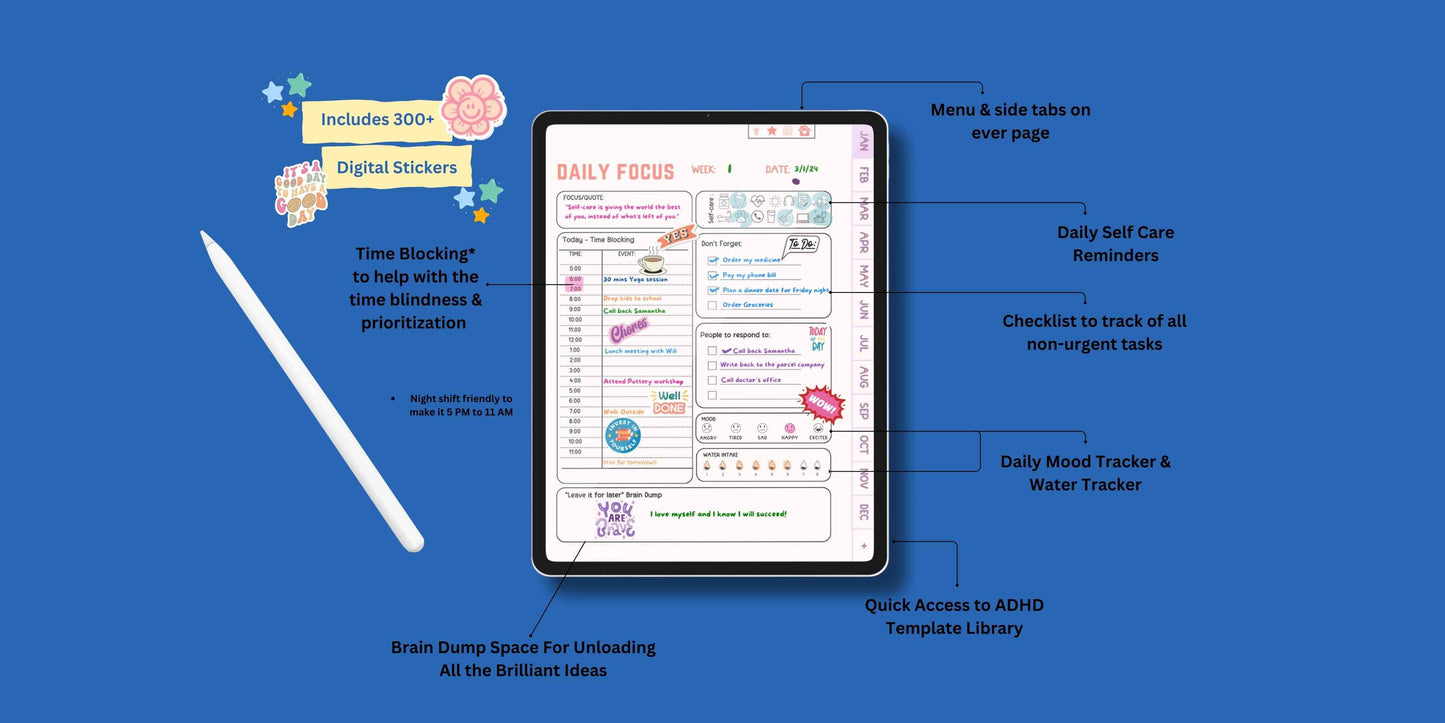If ADHD dysregulation throws your day off, these quick tools help you name your state, calm your body, and restart with confidence.
ADHD dysregulation is a rapid shift in arousal and emotion that makes tasks feel impossible. The goal isn’t zero emotions—it’s a faster reset.”
Living with ADHD can be a rollercoaster of emotions, energy levels, and focus. One moment you're laser-focused, and the next, you're struggling to stay on task. These ADHD dysregulation strategies will help you manage emotions, reduce overwhelm, and find the rhythm that helps you stay focused and grounded.
What Is ADHD Dysregulation?
ADHD dysregulation happens when emotions feel out of sync — shifting quickly from calm to frustrated or anxious.
Understanding that emotional regulation is a learned skill can help you create stability and self-control.
At Brain Wave Focus, we've helped countless individuals with ADHD navigate this challenge, and we're here to share our top 10 strategies to help you do the same.
10 ADHD Dysregulation Strategies That Work
- Use a Digital Planner for StructureVisualize your schedule and manage daily triggers with the ADHD Digital Planner
- Take Regular Reset Breaks – 3-minute breathing sessions between tasks.
- Create Predictable Routines – Consistency supports emotional rhythm.
- Label What You Feel – Helps separate thoughts from emotions.
- Reduce Sensory Overload – Use noise-canceling headphones or white noise.
- Track Emotional Patterns – Record mood changes in your planner.
- Use Movement as Release – Light stretching or short walks help regulate dopamine.
- Prepare for Transitions – Set a 5-minute timer before switching tasks.
- Sleep Regularly – Irregular sleep worsens dysregulation.
- Celebrate Small Wins – Builds confidence and self-regulation skills.
Tools that calm ADHD dysregulation fast.
At Brainwave Focus, we create tools that help adults with ADHD build better systems.
Explore:
- 📘 ADHD Ultimate Toolbox
-
📅ADHD Digital Planner For Focus & Productivity
- 🧩 ADHD Emotional Regulation Workbook
FAQ line:
Q: What helps in the moment with ADHD dysregulation?
A: Start with 4-7-8 breathing, a cold-water anchor, or a 90-second movement burst, then time-box the next task.
Final Thoughts
ADHD dysregulation doesn’t define you — structure and self-awareness can change everything. Track ADHD dysregulation resets in our ADHD digital planner.
Remember, managing ADHD is a journey, and it's different for everyone. Be patient with yourself, experiment with different strategies, and don't be afraid to ask for help. With the right tools and support, you can find your rhythm and thrive.
